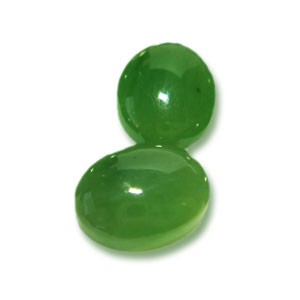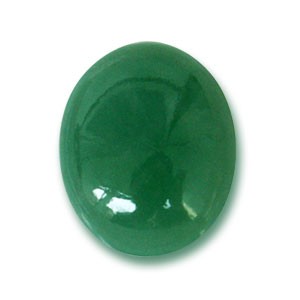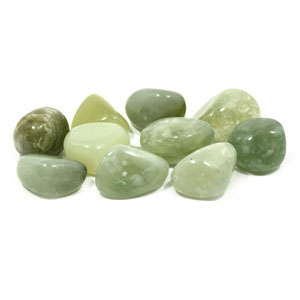Jade

The name Jade goes back to the Spanish conquest of Central and South America and means “peidra de ijada” –” hip stone”, as it was believed that it would protect against and cure kidney diseases. Jade is split into two distinct groups, Jadeite and Nephrite. They have been used as gemstones for over 7000 years and were only proven to be two groups by a Frenchman in 1863. It is very difficult to tell them apart other than price differentiation. You can achieve a perfect polish on the surface of Jadeite, whereas with Nephrite, no matter how many attempts to get a perfect polish, the surface always looks a little like orange peel. In the jewellery trade, many opaque green stones are incorrectly named “Jade”. It is a very tough stone, and in ancient times it was more valuable than gold.


